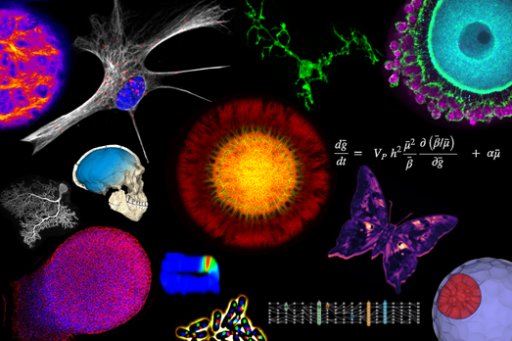Rose Bulteau graduated from the “Ecole Normale Supérieure d’Agronomie et des Industries Alimentaires” in 2020 with a bachelor's degree in molecular biology. She worked on fish oogenesis during her Master 2 internship in the URAFPA (Unité de Recherche Animal et Fonctionnalités des Produits Animaux) in Nancy, where she studied which hormones regulate oocyte maturation, an essential stage of oogenesis, and whether this stage is affected by corticosteroids, which are major effectors of stress.
Then, she continued to work on oogenesis in mice with biophysical approaches between the CIRB and the LAMBE. First, she worked as an engineer for 2 years to study the evolution of the mechanical properties of murine oocytes. Indeed, it was shown that aberrant oocyte stiffness, a rather frequent defect in murine and human oocytes, correlates with poor oocyte quality, suggesting that mechanical properties could be used to predict oocyte developmental potential and thus guide their selection for assisted reproductive technologies. The mechanical properties of these large cells have been studied primarily using the micropipette aspiration technique. However, this method has a low throughput and gives access to only one mechanical parameter, the cortical tension. Rose Bulteau therefore implemented AFM (Atomic Force Microscopy) for its much higher throughput (less than a minute per cell) and the robustness of its mechanical measurements. She developed a protocol and an analysis workflow with AFM to measure the mechanical properties of mouse oocytes during their development. She will continue her project in PhD in co-direction between the CIRB and the LAMBE to adapt the AFM protocol and analysis workflow to the analysis of human oocytes. In parallel, the mechanical characterization will be correlated to an analysis of cellular oocyte parameters in order to establish an oocyte score predictive of a good developmental potential. The objective of her PhD is to validate mechanical properties as a new predictive biomarker of oocyte quality, and to pave the way for the development of non-invasive tools to identify the oocytes with the best developmental potential for a medical application.

